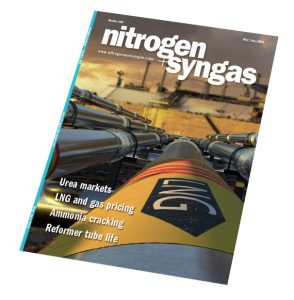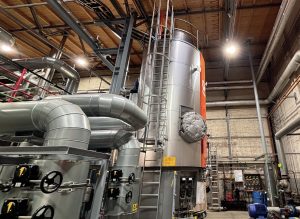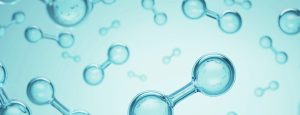KT-Kinetics technology has signed an $125 million engineering, procurement, construction and commissioning (EPCC) contract to build a hydrogen production unit at Petronas’ Pengerang Biorefinery, Malaysia. The hydrogen plan is expected to be operational by the second half of 2028, and will supply up to 38,000 normal m3 /h of hydrogen for the production of sustainable aviation fuel (SAF) and hydrogenated vegetable oil (HVO). NextChem will license its NX ReformTM technology for the unit. The new biorefinery will process approximately 650,000 t/a of raw materials such as used vegetable oils, animal fats and waste from the processing of vegetable oils to produce sustainable aviation fuel (SAF), hydrotreated vegetable oil (HVO) and bio-naphtha.









